How to Reset a Generator Circuit Breaker? (7 Steps)
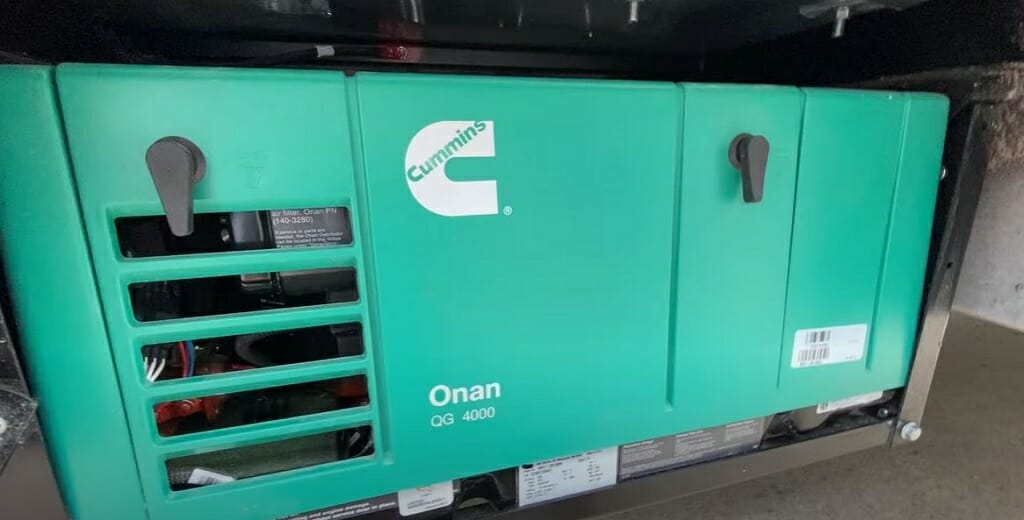
Are you having trouble resetting the generator circuit breaker? If so, here’s a guide to troubleshooting your problems.
Using a generator, you might deal with a short circuit problem or an electrical overload. Either way, you should learn how to reset the generator circuit breaker. Otherwise, all the electrical appliances will be powerless.
In General, to Reset the Generator Circuit Breaker:
- Unplug All the Electrical Appliances from The Generator.
- Rotate the Two Latches and Lift the Generator Cover.
- Power Down the Generator.
- Locate the Generator Circuit Breaker.
- Flip the Breaker Reset Button to The on Position.
- Restart the Generator.
- Connect the Generator Cover.
Go through the below complete how-to guide for a better understanding.
7-Step Guide on How to Reset a Generator Circuit Breaker
Note: You won’t need special tools for this reset process.
There are no other special requirements either. You won’t have to do anything that requires an electrician’s services. All you need to know is where these two are located:
- Integrated generator reset button
- The circuit breaker
If you know where the above two are located, you can proceed to reset the circuit breaker.
Resetting the Circuit Breaker
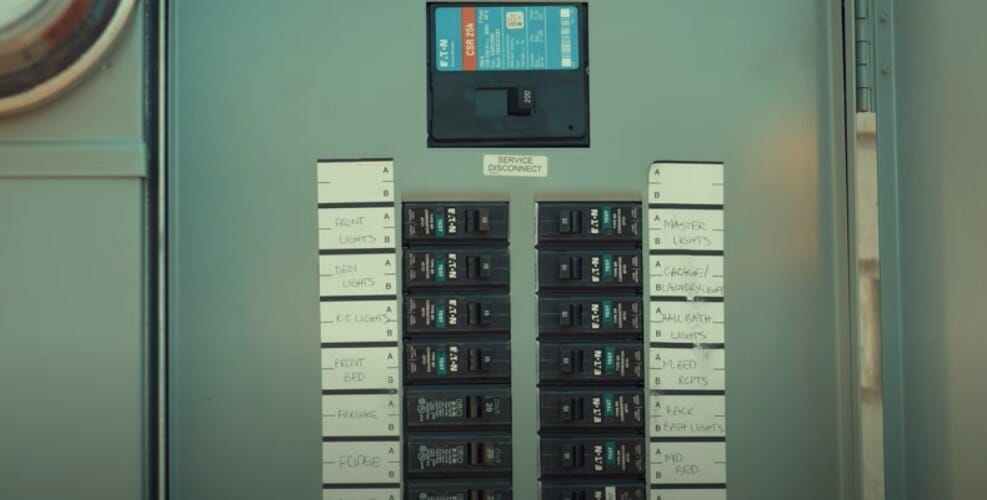
Resetting the circuit breaker itself is a straightforward task.
To reset the circuit breaker, all you need to do is head over to the mains or breaker panel where the circuit breaker for your generator is located and turn the switch back on.
However, you should do some other things if you want to ensure it doesn’t happen again. I’ll cover these next.
Step 1 – Unplug the Electrical Appliances
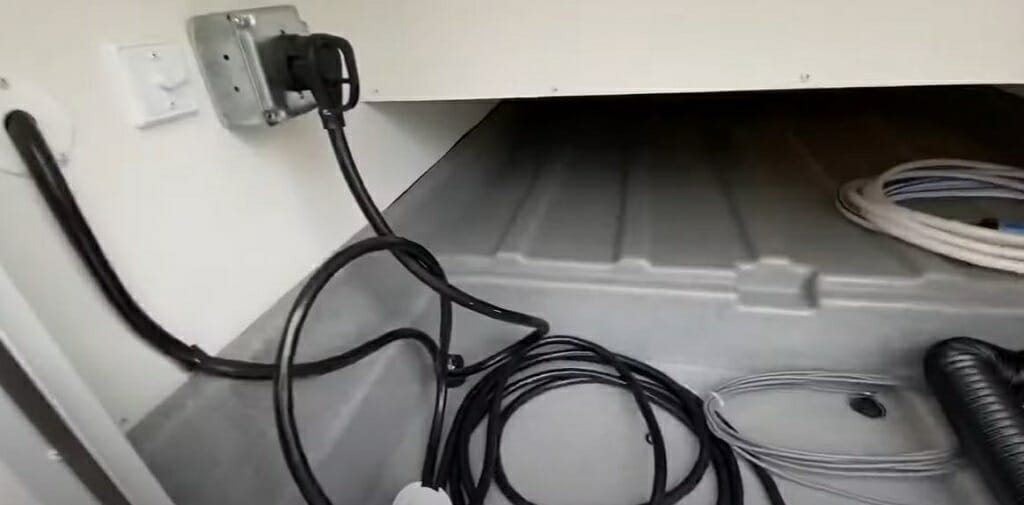
First and foremost, unplug all the electrical appliances that get power from the generator. This step will solve any electrical overloading issues. Sometimes, you might be experiencing a breaker issue because of a faulty appliance. Hence, this is a must-follow step for this troubleshooting process.
Step 2 – Lift the Generator Cover
Then, locate the generator cover. It should be located on the front side of the generator.
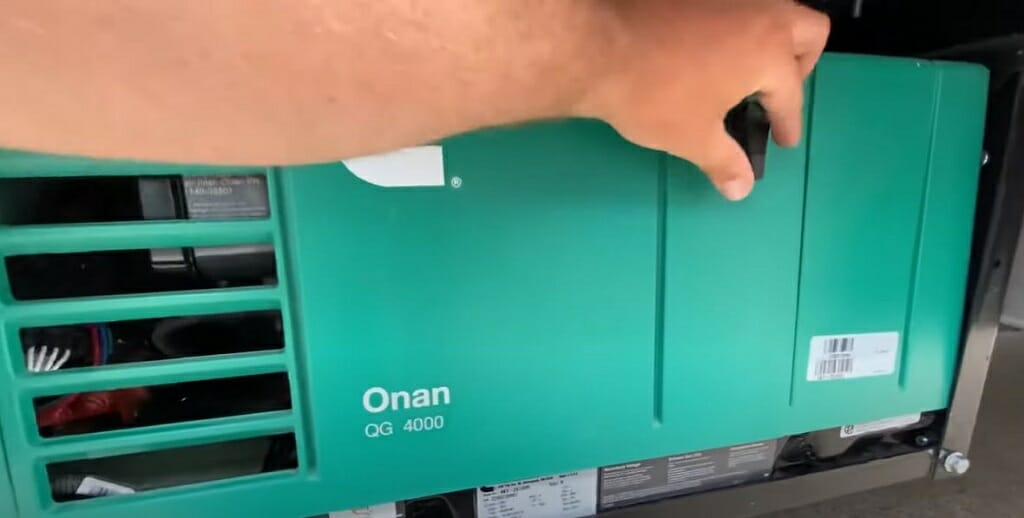
There should be two latches that hold the cover to the generator. Closely examine the latches and rotate them into a horizontal position.
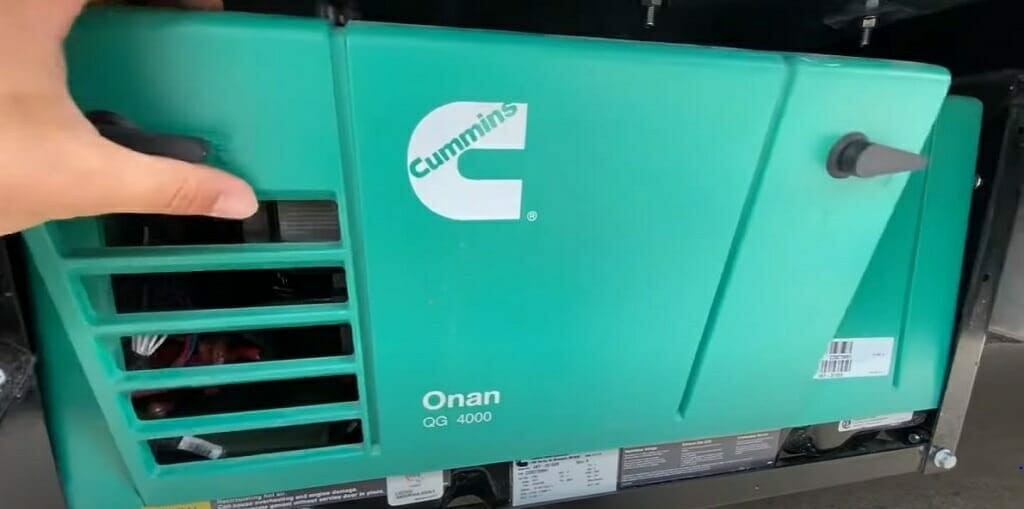
Now the cover should come out pretty easily.
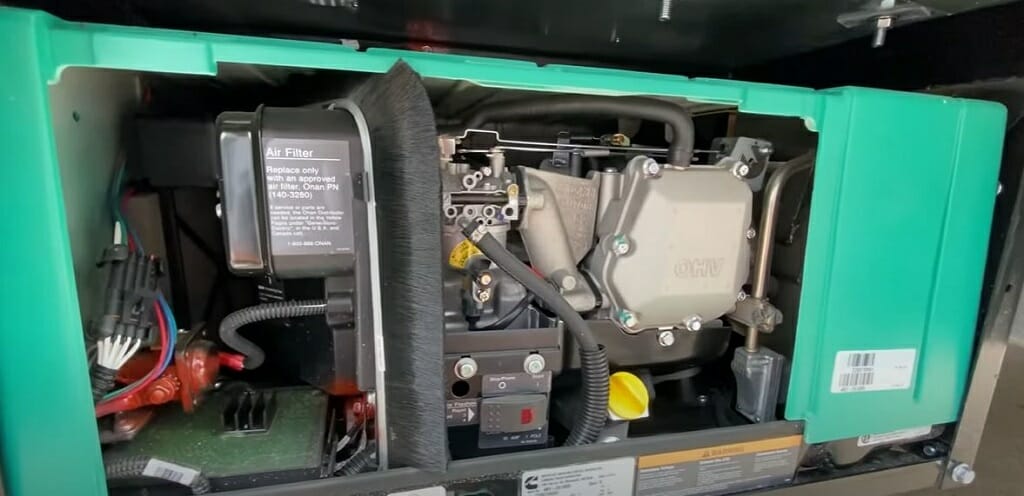
Quick Tip: Never run the generator without the generator cover. The cover diverts all the air across the engine. When you remove it, the generator might get damaged.
Step 3 – Shut Down the Generator
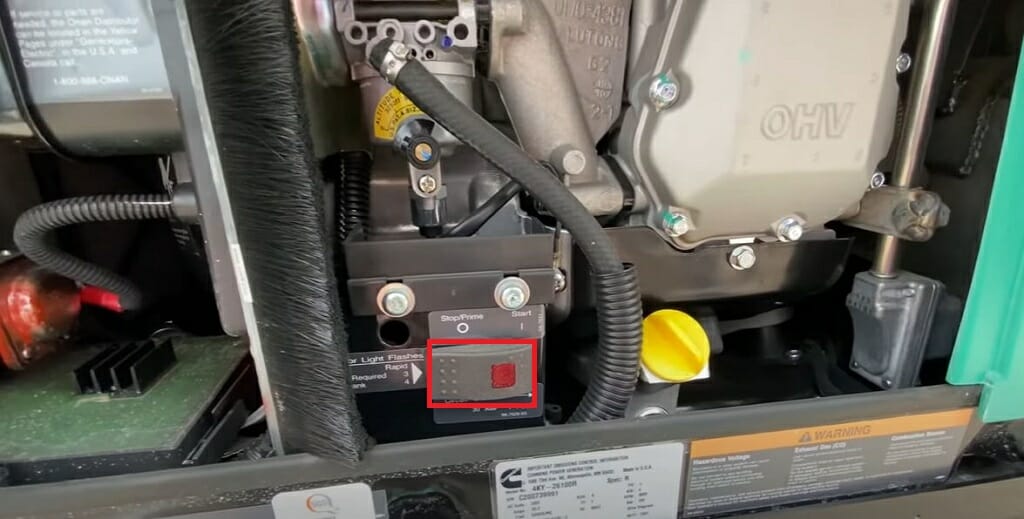
After removing the cover, you can locate a switch controlling the generator’s power. Keep it in the OFF position before starting the resetting process.
Step 4 – Locate the Generator Circuit Breaker
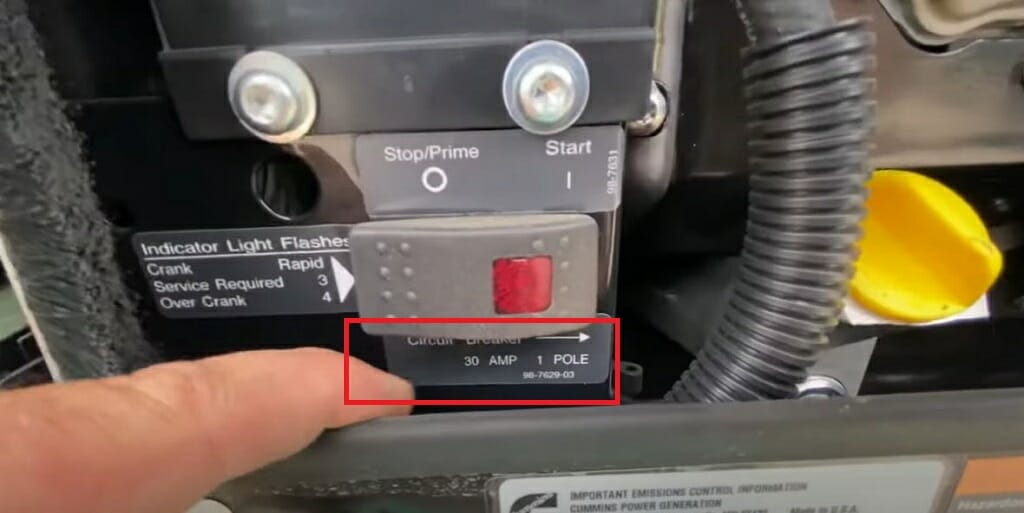
All generators come with a circuit breaker. For instance, I’m using a generator that has a 30 amp single pole circuit breaker. When exposed to too much load, these breakers might trip. So, you’ll have to reset the circuit breaker protector button.
And when you remove the cover, you can see a switch. As you already know, that is the power switch for the generator. Just below the power switch, you can locate the circuit breaker.
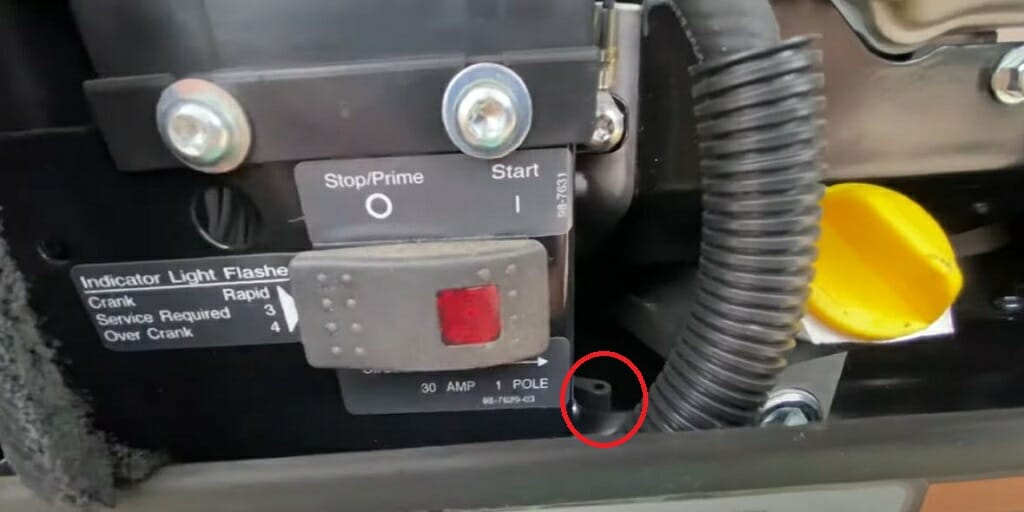
And the circuit breaker protector button should be on the right side of the breaker.
Step 5 – Flip the Circuit Breaker to ON Position
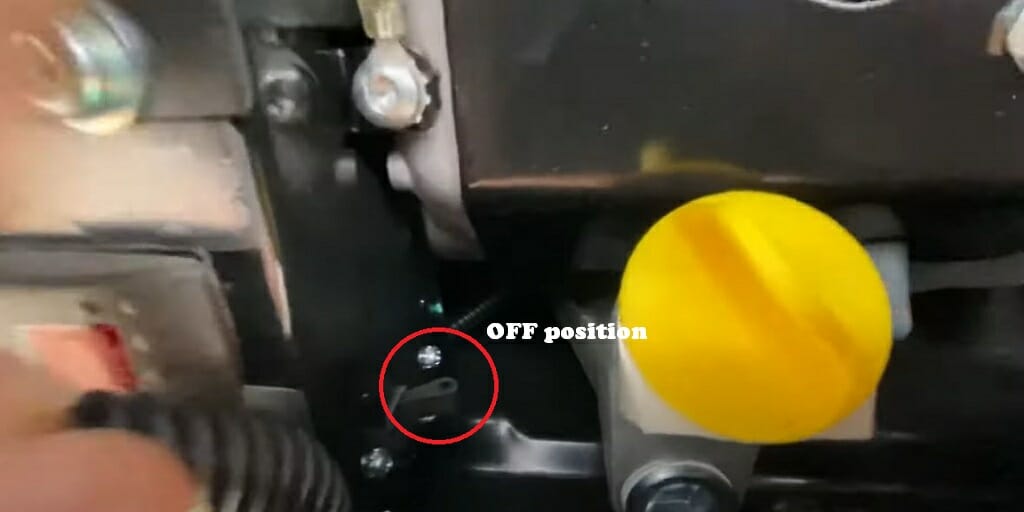
In an emergency, such as an electrical overload or short circuit situation, the generator’s circuit breaker protector button will switch to the OFF position. Hence, you’ll have to toggle it to the ON position manually.
After locating the breaker reset button, flip it back to the ON position. When you reset the breaker, you’ll hear a clicking sound. The breaker resetting process is incomplete if you don’t hear this sound.
Step 6 – Restart the Generator
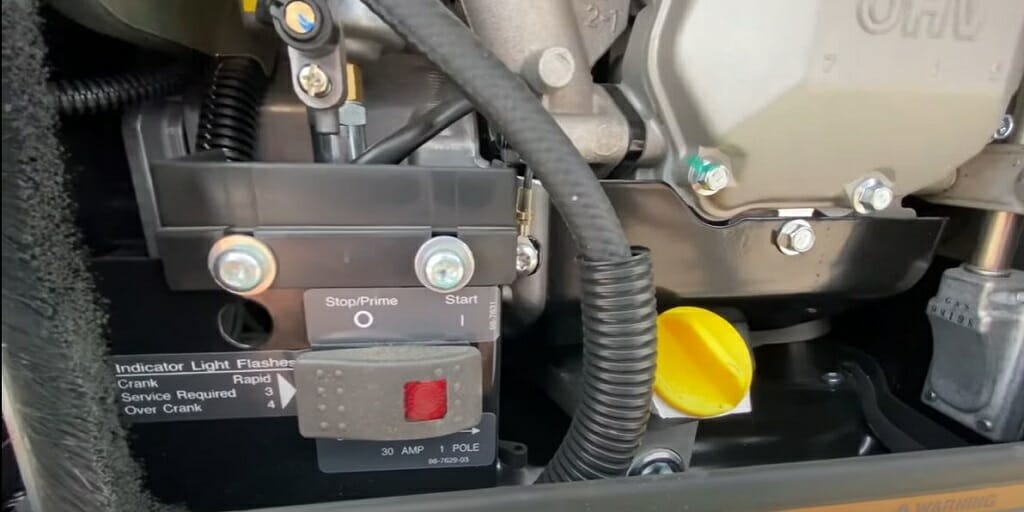
Then, it would be best if you restarted the generator. You can do this by using the power switch. If everything is okay, the generator will start working again.
Step 7 – Connect the Generator Cover
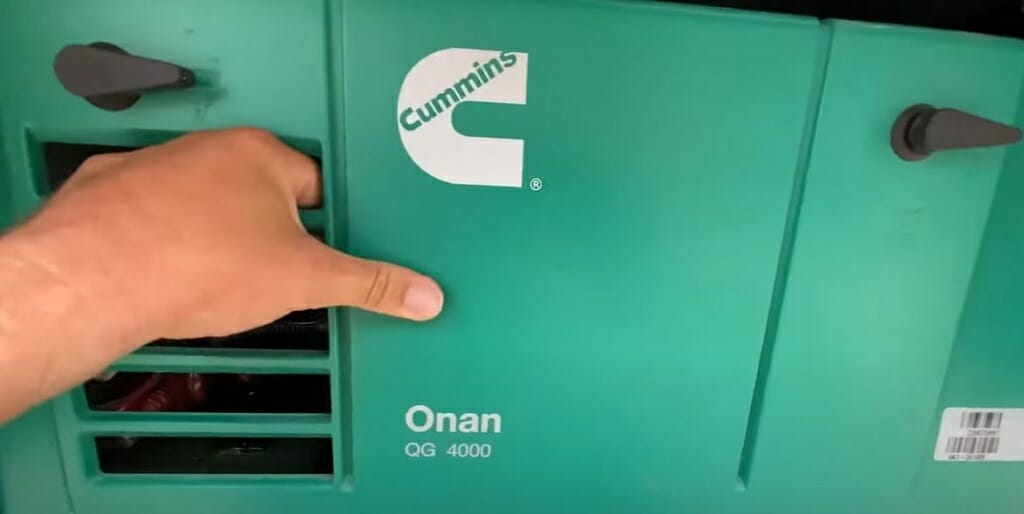
Finally, take the generator cover and place it back on the generator. Remember to rotate the latches to a vertical position.
Important: The above resetting process might vary a little bit depending on the model of the generator you are using. But most of the time, you can apply the above 7-step guide to most generator models without issues.
After Resetting the Generator Circuit Breaker
After resetting the generator circuit breaker, you might face several issues. Here are those issues and what you should do afterward.
Outcome 1 – The Generator and All the Plugged Appliances Are Working Fine
After resetting the circuit breaker, if all the electrical appliances and the generator are working fine, there are no faulty electrical appliances, and the generator is also in good condition.
Outcome 2 – The Generators Circuit Breaker Keeps Tripping
If you detect circuit breaker tripping even after you reset the breaker, there can be two reasons.
The generator circuit breaker might be overloading. So, disconnect one or two electrical appliances from the generator, and it might solve the problem.
However, the generator might not work even after you reduce the load. If that is the case, get help from a qualified professional. The issue might lie in the generator or one of the appliances. So, it is better to hire a professional.
Where is the Generator’s Reset Button?
The generator reset button is close to the main power switch and the main breaker. The circuit breaker will trip when the generator is exposed to electrical overload or a short circuit. This occurrence stops the power supply to all the electrical appliances. And you should manually reset the breaker.
Must Follow Safety Precautions During Above 7-Step Guide
Without a doubt, safety is vital for this type of task. Since the generators produce a large amount of electricity, one simple mistake can be fatal. Hence, follow the below safety tips.
- Never touch any live wire during this breaker resetting process. You might get shocked.
- You should be careful while flipping the circuit breaker switch. The switch is located in a dark place, so it is wise to use some light for better viewing.
- Never touch the power switch or the circuit breaker with wet hands.
- Never place the generator on a wet surface during this process.
Most Common Generator Circuit Breaker Issues and Fixes
When using a generator, you might experience several different circuit breaker issues. Here are those issues and fixes.
Short Circuit Problem
If you are dealing with a short circuit problem, you probably must replace the circuit breaker. However, for this, hiring an electrician might be the best option. Trying to handle such a task yourself is not smart, and you might create more trouble.
Faulty Appliances
Sometimes the issue might not lie with the generator or the circuit breaker. A faulty appliance can be the cause of the tripping circuit breaker. So, you’ll have to identify the defective appliance first.
Connecting all the appliances to the generator and checking is the best way to identify faulty appliances.
Generator Overloading
You might often experience generator overloading, especially if the generator is regularly working. And it might lead to breaker tripping. When that happens, switch off the generator for a short period, and it will fix the breaker tripping.
GCFI Breaker Tripping
You might be using a generator with a GCFI breaker and wondering what to do when the GCFI breaker trips.
Most often, electrical overloading can cause the GCFI breaker to trip. Hence, check the capacity of the circuit breaker. If the breaker has to supply more power than its capacity, it will trip.
And the resetting process is straightforward. Locate the breaker switch and flip it to the ON position.
Standard Circuit Breakers and GCFI Breakers
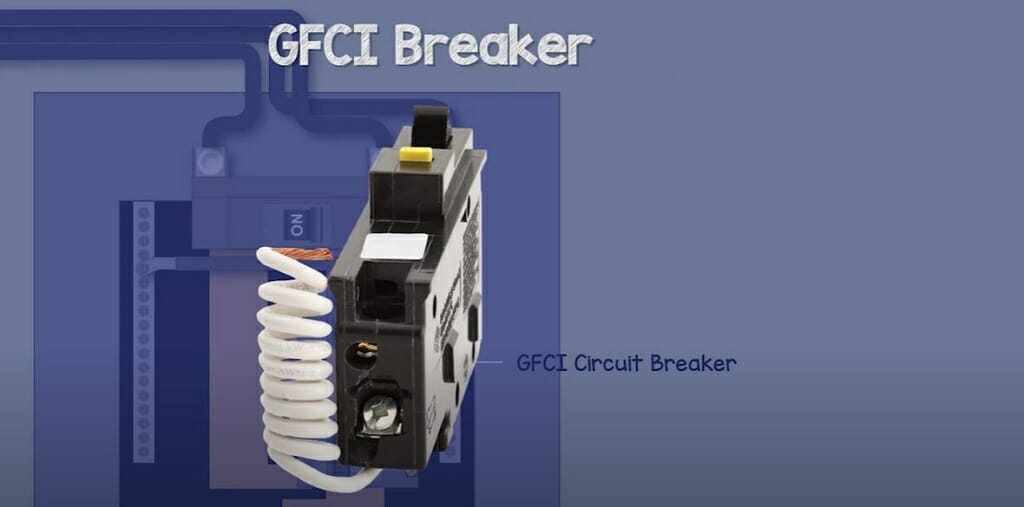
Some generators come with standard circuit breakers, and some come with GCFI breakers. But which ones are the best?
Before choosing between the standard circuit and GCFI breakers, you should know the difference between them.
Standard circuit breakers operate automatically against overcurrent situations. These breakers will trip and cut power to appliances. This breaker tripping occurs when the circuit draws more current than the breaker’s rated value.
On the other hand, GCFI breakers are excellent for detecting and handling any power leakages. These breakers will trigger when the current tries to ground itself using an alternative path (without the original path).
Hence, GCFI breakers are the best option compared to standard circuit breakers. They provide an extra layer of security for you and your generator.
Other Things to Do
Reduce the Load
The first thing you should do is reduce the load.
If you suspect the circuit is overloaded, this is essential. A circuit can only tolerate up to a certain limit, which is indicated by the circuit breaker’s rating. For example, if it’s a 30 amps circuit breaker, you cannot allow the current to exceed 30 amps; ideally, you should not let it be more than 24 amps, which is 80% of the breaker’s limit.
An overloaded circuit is a very common reason for a circuit breaker tripping. The only way to deal with this situation is to reduce the load on the circuit so that the current stays within the safe limit. You might likely be trying to operate another appliance along with the generator.
Turn off and unplug all other appliances before turning the generator back on.
Power the Generator Down
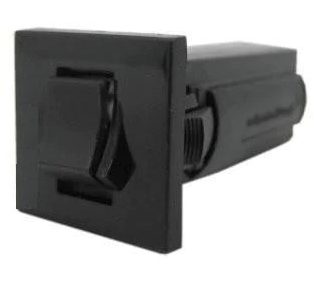
Turning the circuit breaker switch back on will reactivate the circuit, but you must also power down the generator.
To do this, press the generator’s reset button.
This is necessary to reset the generator itself after it switches off. The switch might be concealed and require a bit of force to toggle. It will probably be a clickable switch (but it might not be), so you should hear the click sound when toggling it from the off to the on position.
Restart the Generator
Having done the above (reducing the load and resetting the generator), you are now ready to restart the generator.
If the generator fails to turn on after switching the circuit breaker on and resetting the generator, there might be another problem.
Re-Plug the Appliances
You can re-plug your appliances again, those which rely on the generator (not if it’s set separately on the same circuit), but make sure you don’t exceed the total amperage permitted by the circuit breaker.
For a 30-amp circuit breaker, you should not exceed 24 amps. In a 120V system, the limit for power consumption is 2,880 watts.
Check the power rating of each appliance you connect to the generator, which is indicated in watts. The total across them must not exceed this limit, i.e., 2,880 watts.
Another thing you might notice is if a particular appliance causes the circuit breaker to trip. If this happens exclusively with that appliance, you should suspect it as the culprit.
Also, the breaker may trip even under a low load. It might be too low. The same can happen if the generator runs on a very low load for a long time. Plug in another appliance to see if the breaker no longer trips.
Other Causes
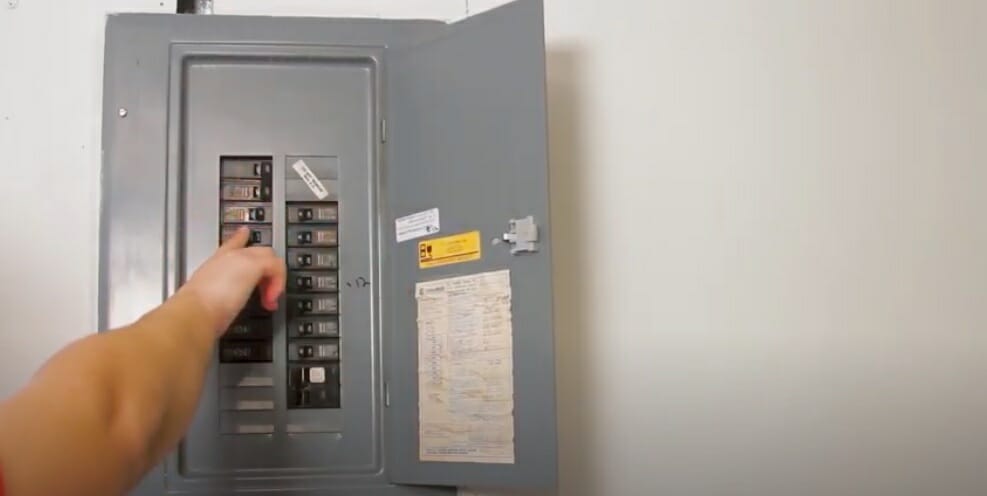
If the generator circuit breaker tripped and there is no overload on the circuit, it could be due to one of three other possible causes: failed breaker, short circuit, or faulty generator.
If the circuit breaker fails to operate normally, you will have to replace it with a new one. If you notice signs of melting or burn marks, discard it and insert another breaker.
If you suspect a short circuit or the generator is faulty, you will probably have to call an electrician.
Why a Circuit Breaker Needs Resetting
A circuit breaker needs resetting when it switches off, thereby breaking the circuit.
Circuit breakers are designed for this very purpose as a safety measure. It switches off and breaks the circuit automatically whenever the current exceeds the limit for which the breaker is rated. This usually happens when, for instance:
- You turn on an appliance, and after a short while, it turns off and won’t start again.
- An appliance operates, and you turn on another on the same circuit. A few seconds later, the breaker trips.
- A short circuit occurred somewhere along the circuit.
The first two are typical scenarios where a circuit is overload
Video References
Nashville RV
The Engineering Mindset
